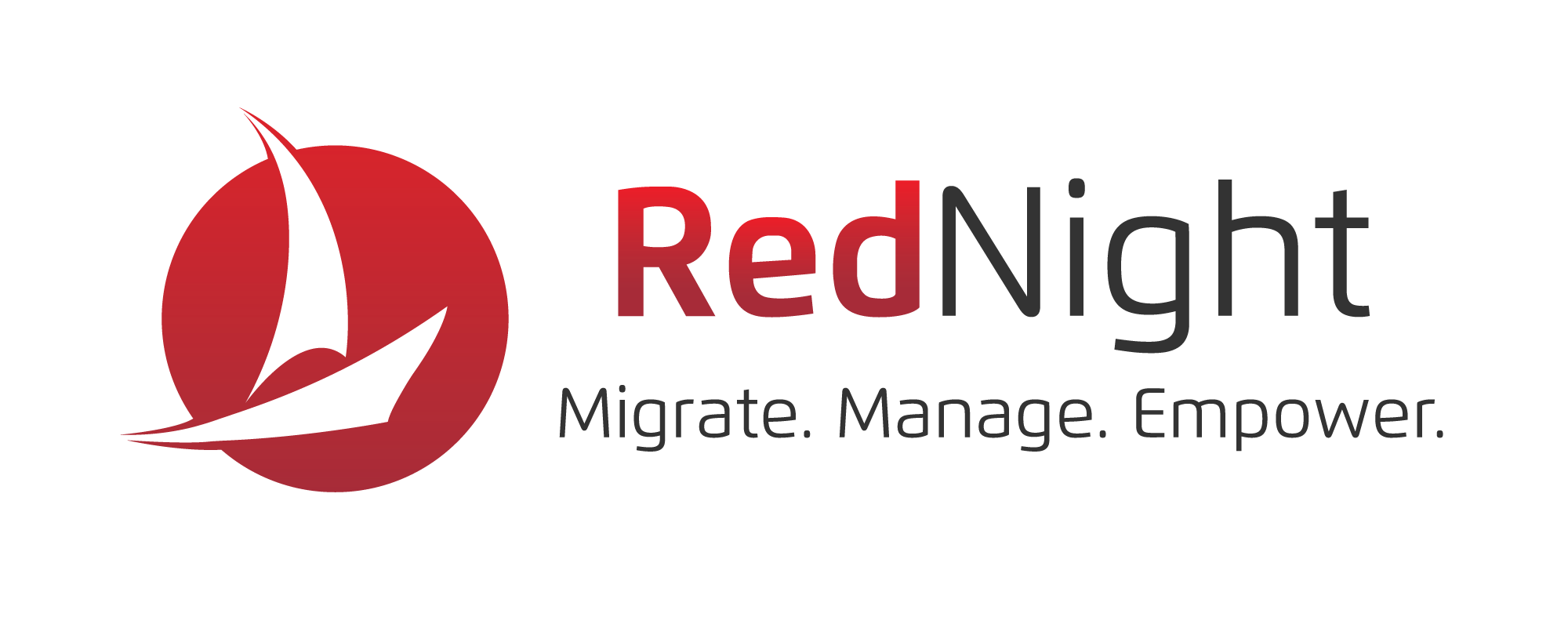Remote working is becoming increasingly common for businesses everywhere. While it may not be an everyday occurrence, more employers are allowing their employees to work remotely a few days per week or as needed. With this increasing trend, it’s important for business owners and employees alike to know what is expected and ways to access the necessary tools to keep business going as usual even when they are not in the office.
Goals of remote working
Allowing employees to work from a remote location has its benefits. In fact, the opportunity to work remotely has grown nearly 80 percent over the past decade. With technology evolving on a consistent basis, it’s making it easier for professionals to:
- communicate outside of traditional office environments
- communicate across time zones
- virtual communications using platforms such as Zoom or Teams
The goal is to allow employees to work in a space where their productivity is still maximized as if they were at the office.
Overcoming hurdles
Remote working can also have its challenges. While some employees may still be in an office setting, it may cause a delay in communication trying to get in touch with those working out of the office. Remote employees may not realize all the resources they need to get their work done until they go to find a file or specific information. These obstacles can be avoided when businesses put a plan in place to allow remote working to be a seamless process.
Cloud Framework
Establishing a remote working structure allows employees that work in and out of the office to effectively communicate and get their work done with little disruption. Access to company data and platforms from home is easier than you think. Cloud-based solutions are the easiest and most effective way to keep business moving for remote employees and business owners alike. Business owners don’t have to pay a hefty sum for new server storage or enable each employee’s personal device access to their on-site server. Cloud storage allows employees to have access to all the data and files they need as if they were accessing the server at their office desktop. With a unified cloud solution, it provides a secure and easy way for employees to share and access files. Here’s a great resource that can provide more insight into cloud solutions.
Staying connected
Communication is at the center of your business. Communicating can be difficult when you lack the benefit of having face-to-face interactions. Without proper communication, details can be missed, data can get lost and employees are not on the same page. Ensure there are communication platforms in place for each employee to get the information they need in a timely manner. Using cloud-based chat, email, and voice tools allows employees to communicate and they only need access to the internet. Having the ability to use video conferences helps bridge the social distance by allowing team members to see faces to interact on a more intimate level than just audio conferences.
Maintaining continuity
Making sure that business is functioning at its highest level should not be impeded by remote working employees. While working remotely comes with some added flexibility, this doesn’t mean working flexible hours. Remind employees that regular working hours are still expected. This allows projects to get done in an efficient time frame and does not delay communication between team members that would rather work on a different schedule.
Additional security measures
While working remotely, security is more important than ever. Set up feature such as:
- Set up features such as multi-factor authentication (MFA) for each cloud-based platform or account employees are accessing while working remotely.
- Backup email or phone number is an account or phone number the employee has access to while out of the office.
- Make sure employees are using strong passwords and change their passwords often.
These added security measures provide an added layer of protection to the business data and employee’s devices when working on their own device and away from the office.
Provide education on best practices
Giving employees a refresh on best practices might seem unnecessary, but it’s always a good idea. Make sure your employees know to log off their computer even while leaving for a short period of time and even if they’re working from home. Confirm your internet connection is password secured and they are not working on a public network. Give examples of what a phishing or malware email could look like. Only use the cloud-based platforms provided by the company to share data and files.
Providing remote working IT solutions
With many businesses allowing their employees to work remotely, there comes some new processes and technology that need to be put in place to keep things running smoothly. At RedNight Consulting, we can help implement an IT strategy that works best for your remote working employees. Our partnership with AWS allows your cloud-based solutions to serve your business the way you need it to be. To learn more, reach out to us today.



